Is Cinnamon a Spice? Yes, Absolutely!
Yes, cinnamon is definitively classified as a spice. It comes from the dried inner bark of trees in the Cinnamomum genus and is used exclusively for flavoring food, not for nutritional value. This distinguishes it from herbs, which are typically fresh or dried leaves.
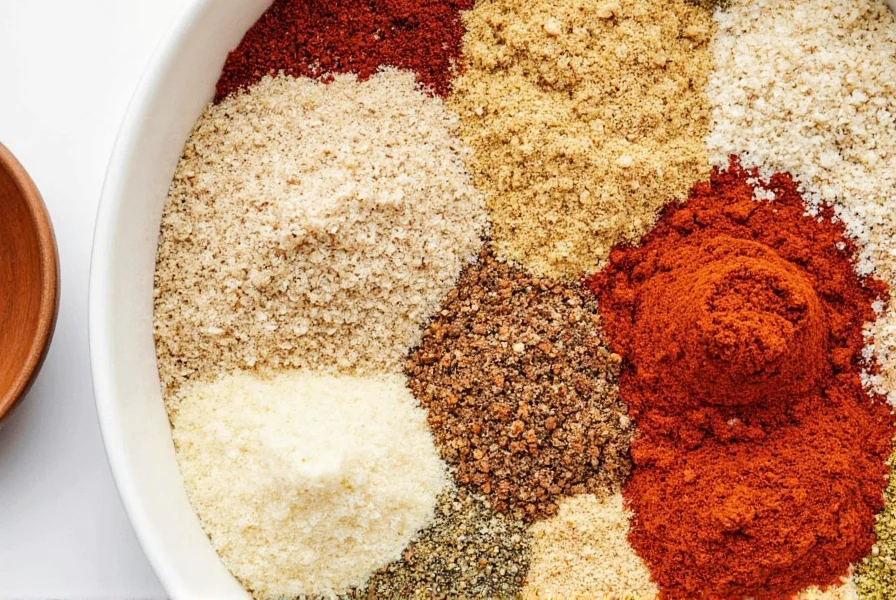
| Category | Examples |
|---|---|
| Spices | Cinnamon, Turmeric, Cumin, Paprika |
| Herbs | Basil, Thyme, Rosemary, Parsley |
Based on this definition, cinnamon absolutely qualifies as a spice — its bark is dried, processed, and used solely for flavoring. So yes, the answer is a resounding YES: cinnamon is a spice!
Where Does Cinnamon Come From?
Cinnamon has a rich history dating back thousands of years. Ancient Egyptians used it in embalming practices, while Roman writers mentioned it as a rare luxury item worth its weight in gold.
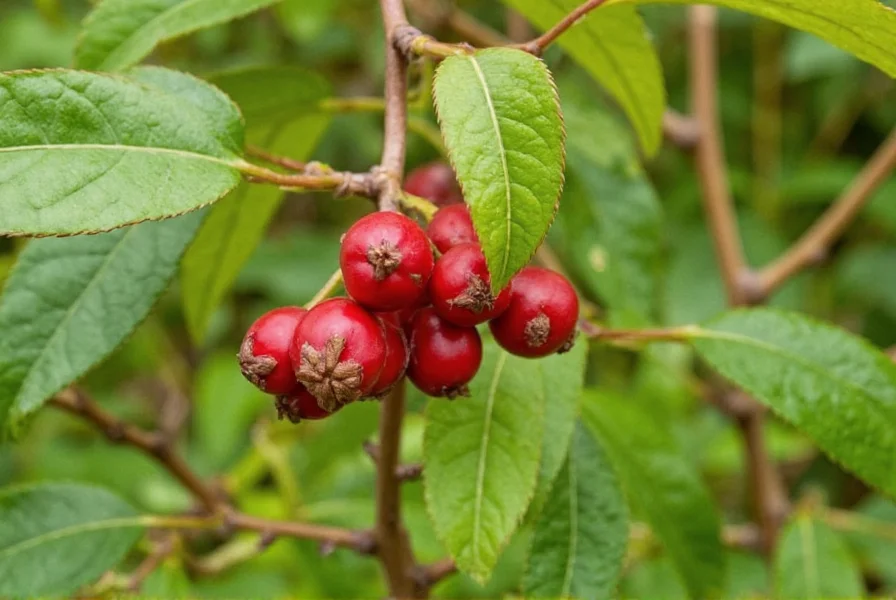
Today, most cinnamon comes from Sri Lanka and southern India, though other varieties grow in China, Indonesia, and Vietnam. The two main types are:
- Ceylon Cinnamon: Also known as "true" cinnamon, it comes from Sri Lanka and is lighter in color, more fragile, and less bitter than other types.
- Cassia Cinnamon: More common and affordable, this type comes from China and Indonesia. It's darker, stronger, and slightly more pungent.
Types of Cinnamon: Ceylon vs Cassia
Not all cinnamon is created equal. Here's a quick comparison between the two most popular types:
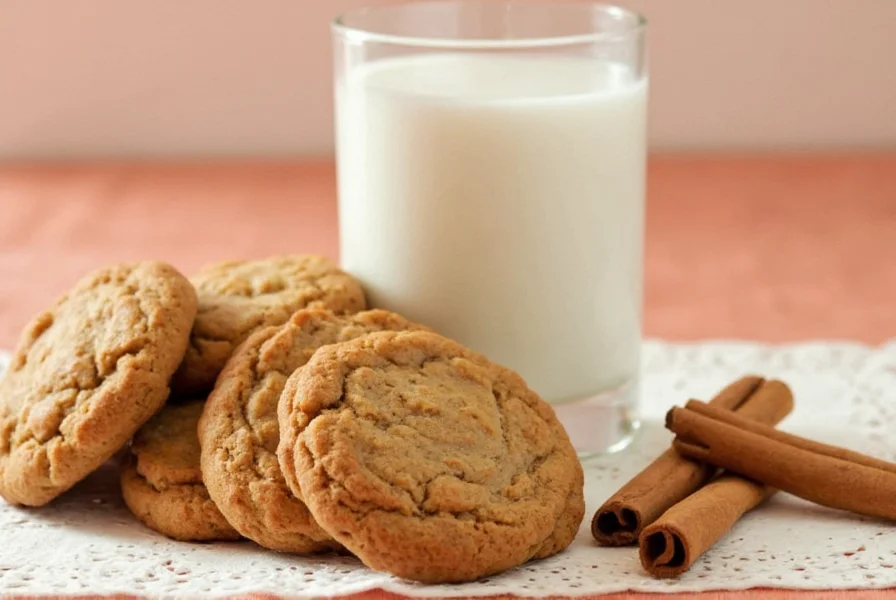
| Feature | Ceylon Cinnamon | Cassia Cinnamon |
|---|---|---|
| Origin | Sri Lanka, Madagascar | China, Indonesia, Vietnam |
| Texture | Thin, papery layers | Thick, hard bark |
| Taste | Mild, sweet, complex | Strong, spicy, slightly bitter |
| Price | Higher | Affordable |
| Coumarin Content | Very low | High – may pose health risks in large doses |
How Is Cinnamon Used Around the World?
Cinnamon isn't just for pumpkin spice lattes! Across cultures, it shows up in both sweet and savory recipes. Let's take a culinary world tour to see how different regions embrace cinnamon.
- Mexico: Used in chocolate drinks like champurrado and sprinkled over churros.
- Morocco: Found in savory tagines and couscous dishes.
- India: Part of garam masala and chai tea blends.
- The Middle East: Used in rice dishes, lamb preparations, and desserts like baklava.
- United States: Classic in cinnamon rolls, snickerdoodle cookies, and oatmeal.
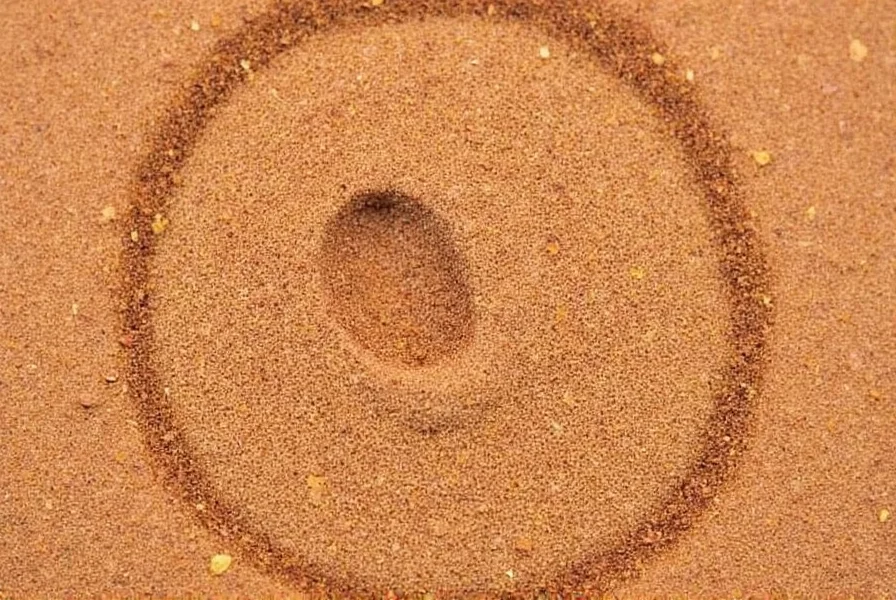
Health Benefits of Cinnamon
Beyond its culinary charm, cinnamon has been studied for its potential health benefits. While it's not a magic pill, some promising research suggests it can support well-being when consumed in moderation.
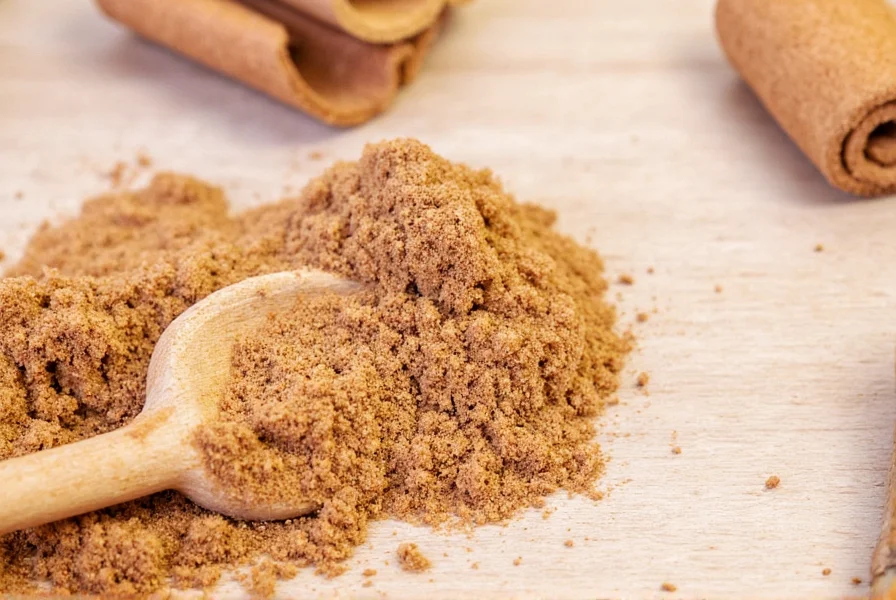
Some reported benefits include:
- Antioxidant Powerhouse: Loaded with polyphenols that fight oxidative stress.
- Anti-inflammatory Properties: May help reduce inflammation in the body.
- Blood Sugar Regulation: Some studies suggest it improves insulin sensitivity, though consult a doctor before using it medicinally.
- Heart Health: Linked to reduced cholesterol levels and improved triglycerides.
- Natural Preservative: Historically used to preserve food due to its antimicrobial properties.
Buying Guide: How to Choose the Best Cinnamon
If you've ever stood in front of a wall of spice jars wondering which one to grab, you're not alone. Here's your ultimate guide to picking the perfect cinnamon for your needs.
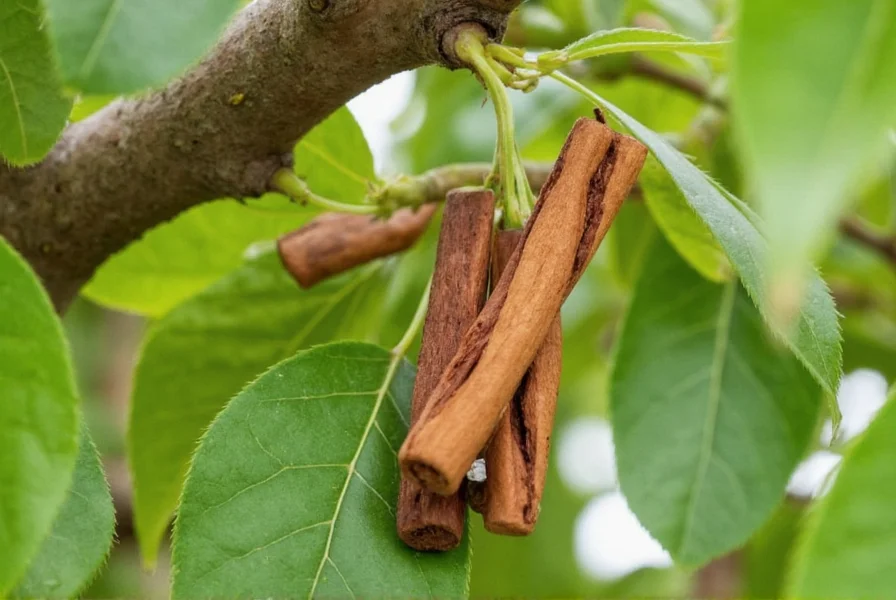
| Product | Features | Best For | Occasions |
|---|---|---|---|
| McCormick Ground Cinnamon | Inexpensive, widely available, Cassia variety | Everyday baking and cooking | Weekday breakfasts, holiday cookies |
| Simply Organic Ceylon Cinnamon | Organic, fair-trade certified, sweeter taste | Connoisseurs and health-focused users | Fancy coffee, gourmet baked goods |
| Frontier Co-op Cinnamon Sticks | Whole sticks, Ceylon, reusable | Infusions, mulled drinks, décor | Winter beverages, holiday gatherings |
| Spice Islands Cinnamon | Consistent quality, mid-range price | Home cooks and bakers | Daily use in porridge, toast, snacks |
What to Look for When Buying Cinnamon:
- Purpose: Are you making cookies, tea, or savory stews?
- Form: Ground cinnamon is best for baking, while sticks work well for infusing liquids.
- Type: Go for Ceylon if you want mild flavor and lower coumarin content.
- Source: Buy from reputable brands to ensure purity and no fillers.
Pro Tips: Cooking with Cinnamon Like a Pro
Ready to level up your cinnamon game? Here are some practical, chef-approved tricks to make the most of this amazing spice:
- Toast It First: Lightly dry-roast cinnamon sticks or ground cinnamon in a pan to enhance flavor intensity.
- Use in Savory Dishes: Add a pinch to mole sauce, spiced rice, or roasted carrots.
- Pair Smartly: Works wonders with vanilla, citrus, apples, cardamom, and chocolate.
- Don't Overdo It: Too much can overpower a dish. Start with a small amount and adjust.
- Store Properly: Keep in a cool, dark place to maintain freshness and potency.
Fun Cinnamon Facts You Might Not Know
- Cinnamon was once so valuable it was given as gifts to kings and gods.
- It was used as a natural remedy for colds, sore throats, and digestive issues in ancient times.
- The scent of cinnamon can boost cognitive function and alertness — try diffusing it while studying!
- You can grow your own cinnamon tree at home (if you live in a warm climate).
- Cinnamon oil is used in aromatherapy and as a natural insect repellent.
Frequently Asked Questions About Cinnamon
- Q: Is cinnamon considered a spice or an herb?
A: Cinnamon is definitively classified as a spice. It comes from the dried inner bark of Cinnamomum trees, whereas herbs come from plant leaves. This makes cinnamon a spice according to botanical and culinary definitions. - Q: What's the main difference between Ceylon and Cassia cinnamon?
A: Ceylon cinnamon (often called "true cinnamon") is lighter in color, has thinner bark layers, tastes milder and sweeter, and contains very low levels of coumarin. Cassia cinnamon is darker, has thicker bark, has a stronger spicy flavor, and contains higher coumarin levels which may cause health concerns with excessive consumption. - Q: Is it safe to consume cinnamon every day?
A: Yes, in moderation. The recommended daily limit is about 1 teaspoon (2-4 grams) of Cassia cinnamon or up to 2.5 teaspoons (6 grams) of Ceylon cinnamon. Those with liver conditions should be cautious with Cassia due to its higher coumarin content. - Q: How should I store cinnamon to maintain its flavor?
A: Keep cinnamon in an airtight container away from heat, light, and moisture. Properly stored, ground cinnamon stays fresh for 1-2 years while cinnamon sticks can remain potent for 3-4 years. Avoid refrigeration as moisture can degrade quality. - Q: Can cinnamon help regulate blood sugar levels?
A: Some studies suggest cinnamon may improve insulin sensitivity and help moderate blood sugar spikes after meals, particularly with Type 2 diabetes. However, it should not replace prescribed diabetes medication - always consult your healthcare provider before using cinnamon therapeutically.
Conclusion
So, is cinnamon a spice? Absolutely. From its ancient origins to its modern-day presence on our pantry shelves, cinnamon is one of the most versatile, aromatic, and globally cherished spices around.
Whether you're dusting it over your morning toast or adding a stick to your mulled wine, cinnamon adds depth, warmth, and a touch of nostalgia to any meal. Now that you know how to choose, use, and enjoy it, why not go ahead and explore new ways to bring out its flavor in your cooking?
Stay curious, keep experimenting, and remember — a little cinnamon goes a long way in turning everyday meals into extraordinary experiences.










 浙公网安备
33010002000092号
浙公网安备
33010002000092号 浙B2-20120091-4
浙B2-20120091-4